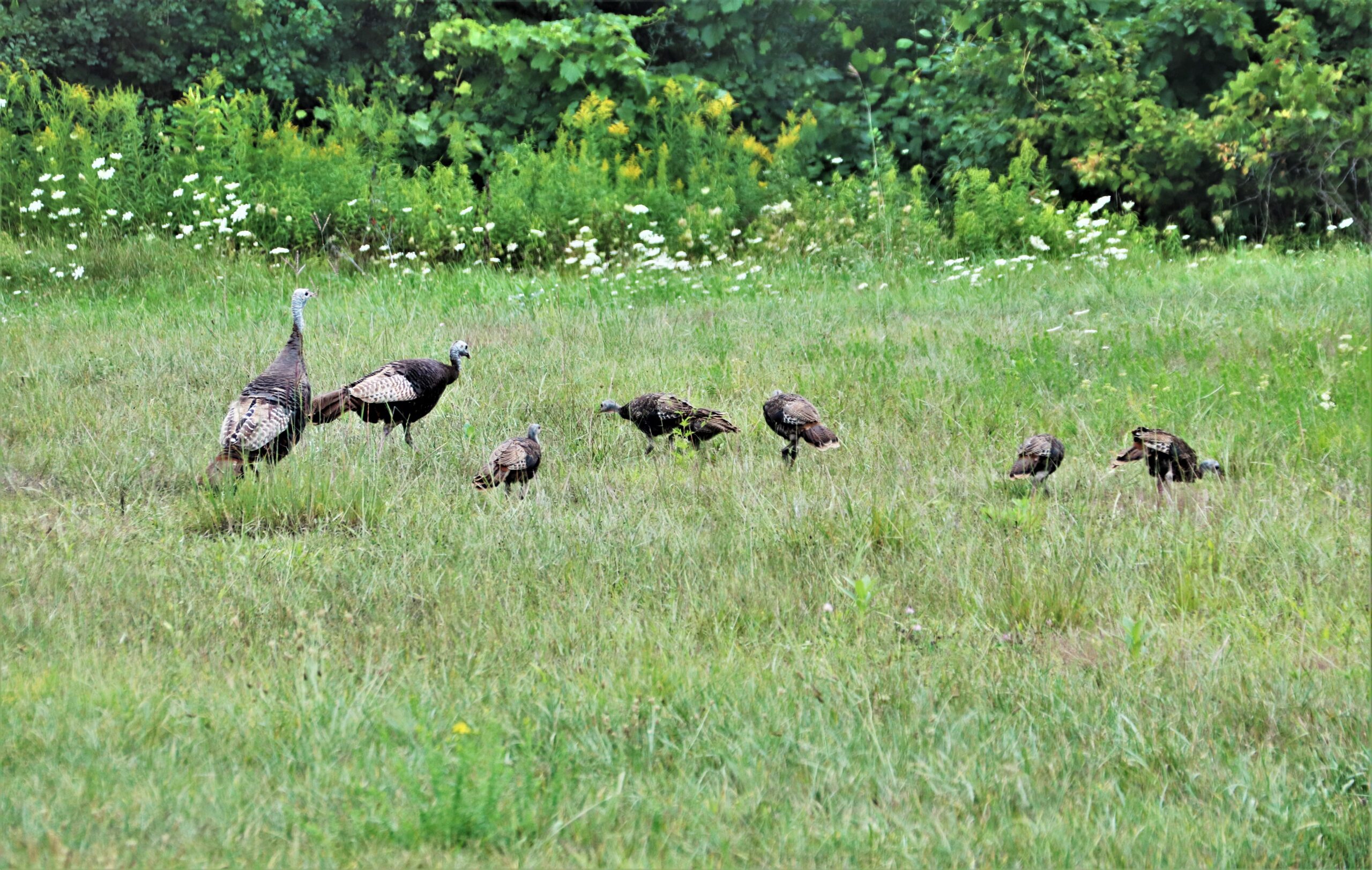News
U.S. LawShield Turns Memberships Into Lifeline for Texas Flood Victims
July 17, 2025 •iSportsman Staff
Before the implementation of iSportsman, the wildlife managers and administrators at Fort McCoy had to deal with extensive paperwork, manual permit processing, and long, hot days without air conditioning. The transition to a digital system revolutionized wildlife and land management, making the process much more efficient and less labor-intensive. Here, we share the the journey of Fort McCoy’s retired wildlife biologist, David Beckmann, from the pre-iSportsman era to the transformative impact of our innovative technology.
Growing up in Minnesota and earning a Bachelor’s degree in Wildlife Management from the University of Wisconsin, David Beckmann was drawn to natural resources projects early on. His career began with an internship at the Wisconsin DNR, working on wild turkey repopulation. This led him to Fort McCoy in 1990, where he started as a student biologist trainee, quickly becoming immersed in various management roles.

The early days at Fort McCoy were challenging — Beckmann said, “We wrote out permits by hand with a team of 3-5 people sitting in a room and counting cash in 95 degrees with no AC.”
Additionally, they had to print out dot matrix pages, regulations and maps, and mail everything to the applicants, which meant they required a ton of envelopes and other materials. The whole process for a given season could take about three full weeks of 40-hour work days with three–five people working together.
The process for the gun deer season was particularly grueling, with three check stations operating from 4 AM to 9 PM for nine days straight. Despite the advent of a DOS-based permit sales program in the early 90s, the workload remained heavy, requiring significant manpower and time.
In 2015, the introduction of iSportsman marked a turning point. This digital system promised to streamline McCoy’s processes, and although it required a period of adjustment, the benefits quickly were apparent. Permit sales, which once required a team of up to five people, could now be managed by a single person, eliminating the need for extensive mailing and reducing printing costs. This transition not only saved government resources but also made the entire process more efficient.

Another advantage of iSportsman was the ease of data collection and communication. iSportsman allowed Beckmann to collect comprehensive data from hunters, including those who were previously unresponsive. This enhanced their ability to analyze hunting success rates, project future trends, and make more informed management decisions. Law enforcement also benefited, as wardens could now access permits and violations in real-time, improving compliance and oversight.
David Beckmann may be retired now, but he still has a wealth of experience working with us and the iSportsman system. Here are some of his top tips for any current and upcoming administrators working in part of the iSportsman family:

While Beckmann’s initial transition to iSportsman had its challenges, he said: “iSportsman has continuously improved, becoming more powerful and useful to hunters. Always look towards the future: how can you progress with technology and grasp it, rather than letting it pass you by? If a technology can improve something, by all means give it a try and don’t be afraid to try new things, and if you have any questions call Dave Mapstone.”
The move to iSportsman has been a game-changer for Fort McCoy, enhancing efficiency, data collection, and law enforcement capabilities. For administrators, understanding the system, educating users, maintaining open communication, and handling public relations are key to a success. As technology and iSportsman evolves, so too will our ability to manage and protect our natural resources more effectively.